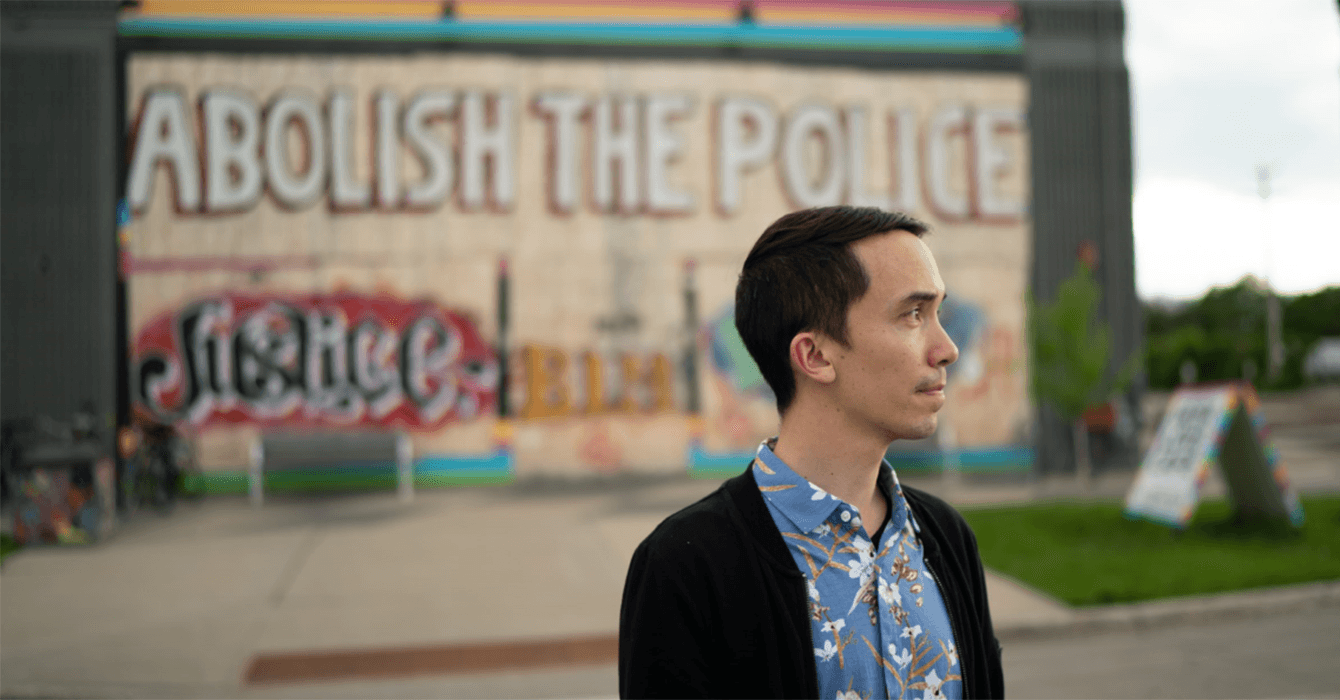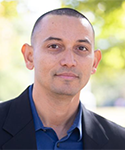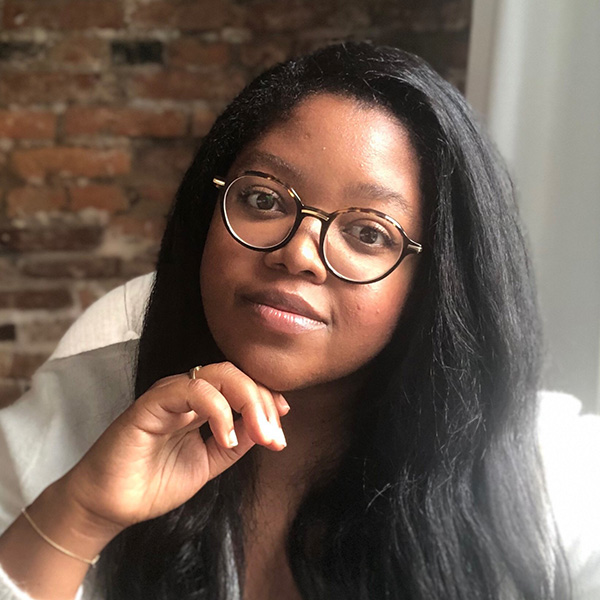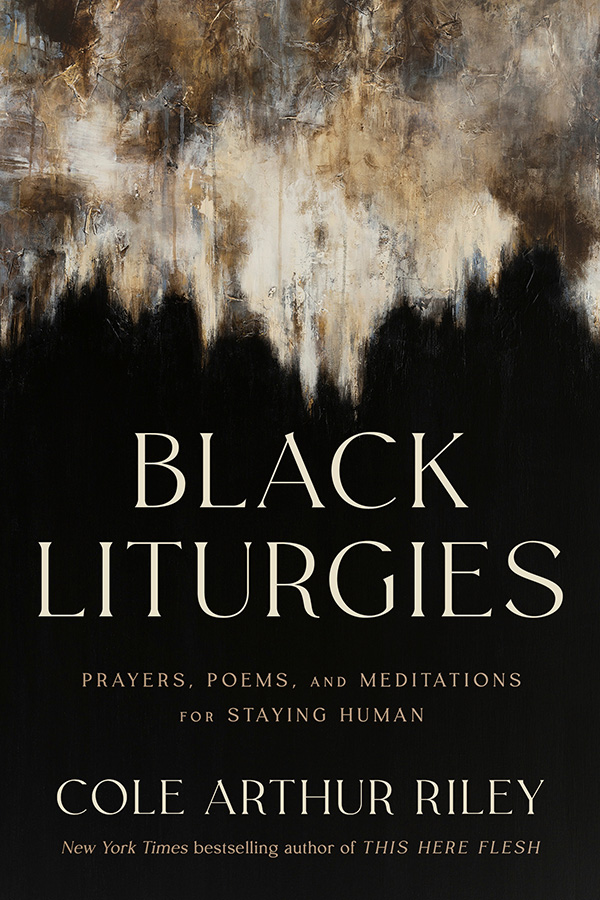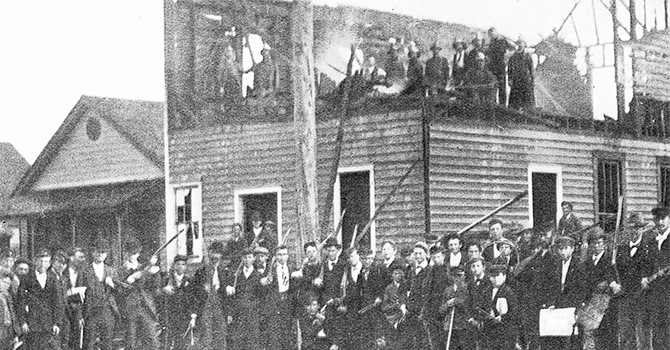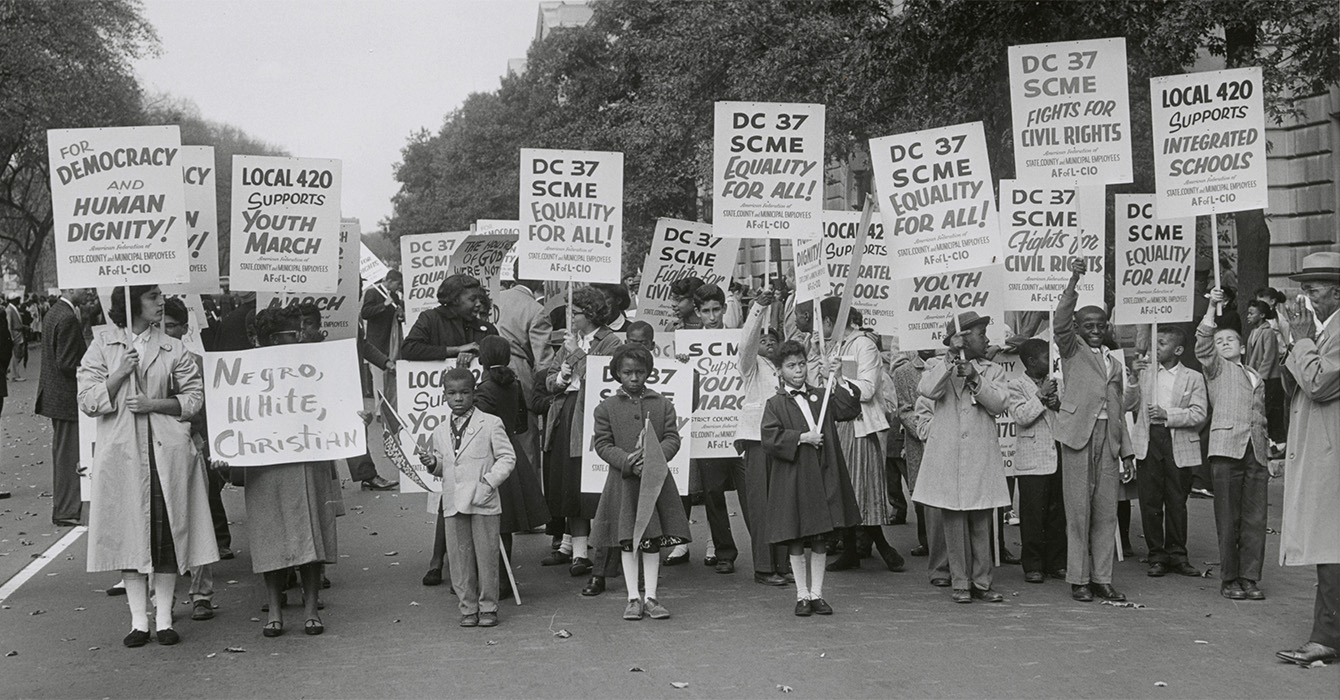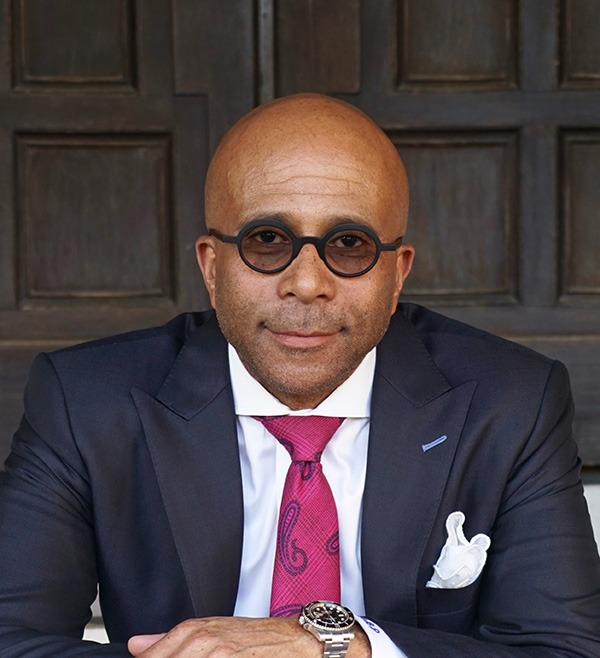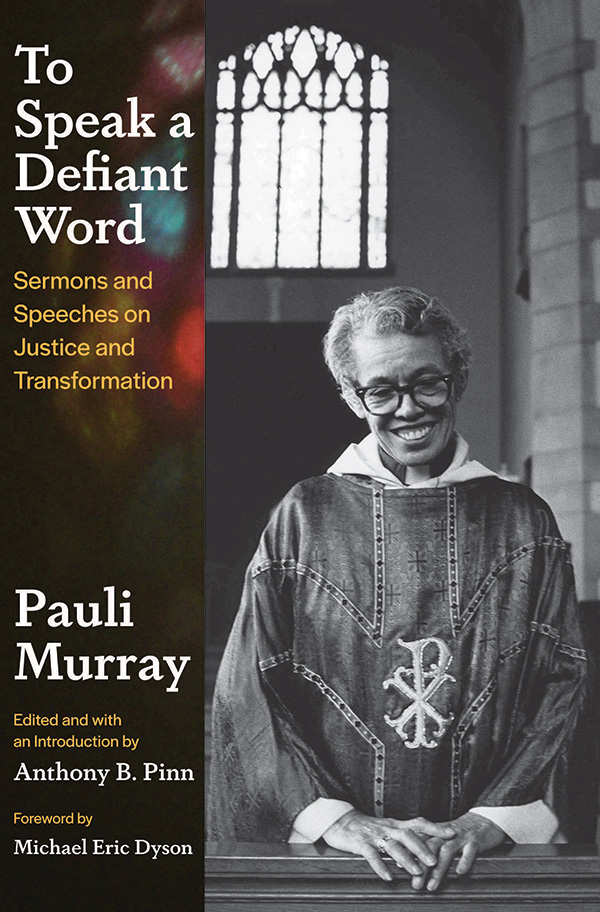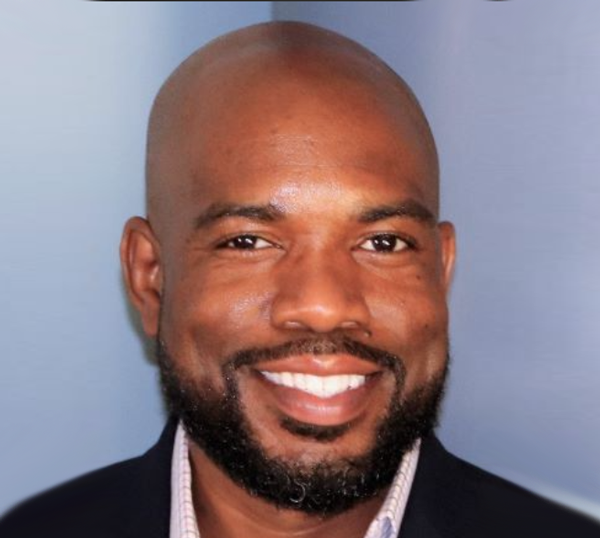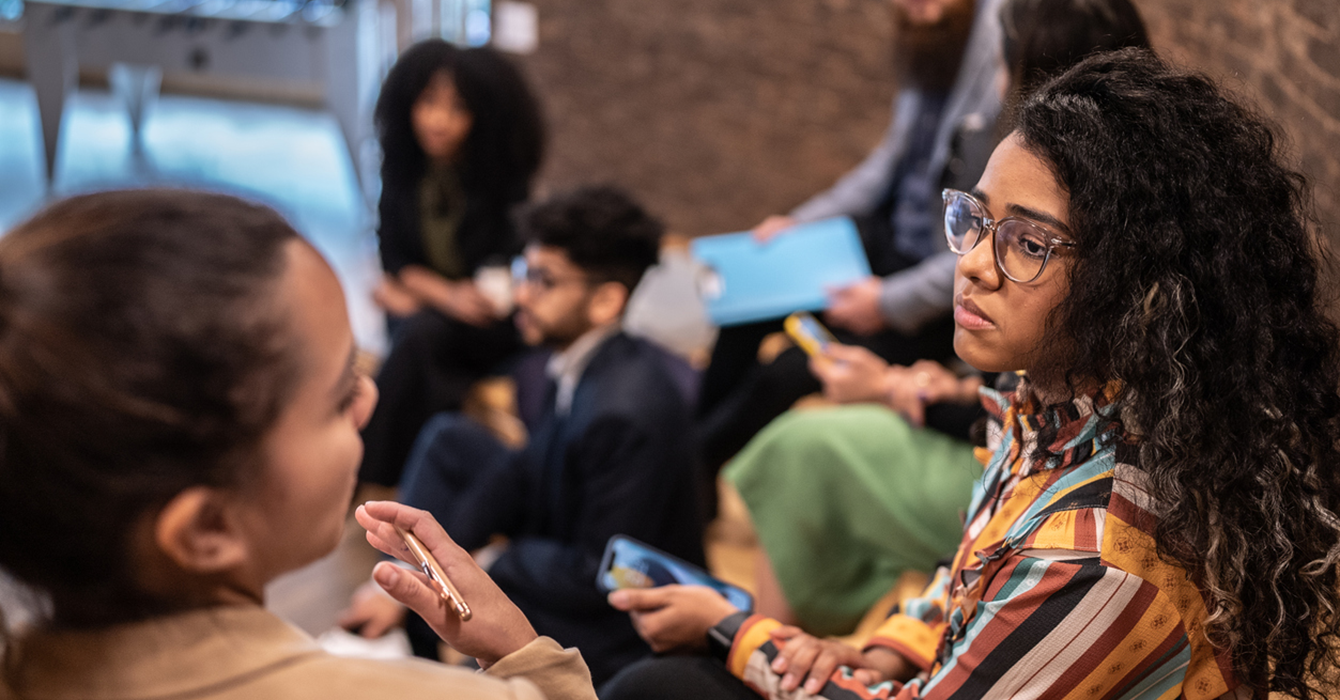The Rev. Tyler Sit says God gave New City Church, a fledgling United Methodist congregation in south Minneapolis, three years to prepare for the uprising that erupted after the police killing of George Floyd.
No matter how prepared they were, however, Sit and his congregation were overwhelmed by the trauma they experienced as they joined in grieving and protesting the death of the unarmed Black man, which occurred a short walk away from the church in May 2020. They had to respond as looters and arsonists destroyed some 1,500 Twin Cities businesses and threatened their own neighborhood of Powderhorn.
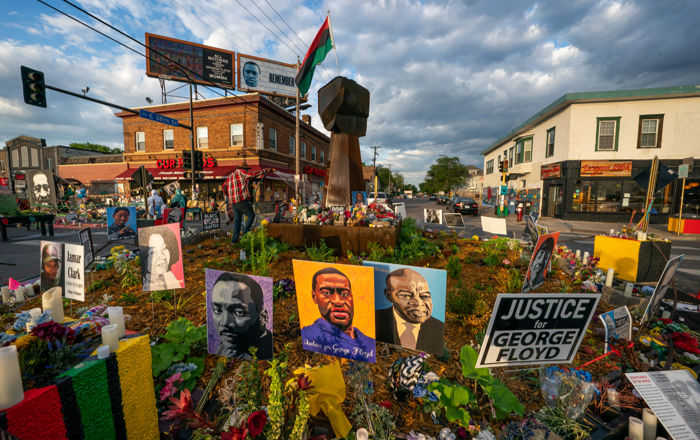
New City’s faithful responded immediately. They took part in prayer vigils, created neighborhood safety networks, joined emergency assistance efforts and identified lesser-known community groups to support financially -- all amid the coronavirus pandemic that had forced their worship services to go online.
“It was kind of like a Pentecostal moment, in that all of God’s people were off doing ministry in their own contexts and in their own ways without needing to be inspired or managed,” Sit said. “It’s hard for me to not believe that it wasn’t prayer.”
Sit reflected on the congregation’s experience nearly a year after Floyd’s death and two weeks after jurors found fired Minneapolis police officer Derek Chauvin, who had knelt on Floyd’s neck for more than nine minutes, guilty of murder and manslaughter charges. Chauvin now awaits sentencing on June 25, while three other fired officers charged with aiding and abetting in Floyd’s death are to stand trial next year.
Without realizing it, New City’s leaders and members had worked together to build the foundation for the congregation’s response to Floyd’s death and the ensuing unrest since beginning weekly services in 2017. The church’s commitment to social and environmental justice, anti-racism training and centering marginalized voices of those who are Black, Indigenous, people of color and LGBTQ+ had readied them for a moment they didn’t know was coming.
How has your community responded to tragedy? Has the response shown your community’s character?
“I believe that’s how God moved through New City Church,” Sit said of the congregation’s actions in the days and nights after Floyd died. “Pretty much 100% of our membership was engaged in some way during the uprising.”
At the outset of the unrest, Sit helped organize a prayer vigil with community members and Black pastors that since has drawn tens of thousands of views on social media.
Congregation members marched with thousands of others protesting Floyd’s murder. They helped collect money to buy food and other necessities to distribute to south Minneapolis residents whose nearby grocery stores and other businesses were looted or burned. Round-the-clock neighborhood watches turned up “terrifying stuff,” from water bottles filled with gasoline to Nazi symbols, Sit said.
New City also created a Solidarity Fund, making donations to local organizations, offering microloans to struggling individuals and supporting anti-racist programming at New City, Sit said.
Looking back now, he said, the uprising gave him a “posture of expectation.”
What does a “posture of expectation” look like in your context?
“What the uprising showed me is that the empire is real …; evil is real in the world. [But] the resurrection is real in the world as well,” he said. “I always had a hunch that that was true, but the uprising really showed it to me.”
A ‘change agent’ seeking to reshape church
New City Church takes its name from the Revelation 21 description of “a heaven where God lives in a ‘new city’ where all tribes are welcomed in, where there is no more violence, and where the whole earth is renewed,” as expressed on the church’s website.

Millennials and Generation Z account for most of the congregation, Sit said. Before the pandemic, 55 to 75 members attended services. Members represent a diverse range of racial and ethnic identities, socioeconomic statuses, gender and sexual identities, intellectual and physical abilities, immigration statuses, and religious beliefs, according to the New City website.
Online services draw fewer than 100 people simultaneously but a total of 1,100 views over the course of a week, Sit said. Viewers are from states including Michigan, New York and North Carolina and countries including Austria, Guatemala and the United Kingdom.
Are non-Christians actively involved in your context? What do they teach you?
Perhaps most notably, about 40% of New City’s members before the pandemic didn’t identify as Christian, Sit said, which he sees as a distinct advantage. All preachers need to find non-Christians to hold them accountable, he said, and he has grown as a pastor knowing he can’t assume that congregants know who Jesus is, what the stories in the Bible are or what Christianity is trying to accomplish in the world.
The congregation’s response to the uprising manifested New City’s belief, Sit said, that internal change through worship, prayer and spiritual practices can create external change in the form of justice for people and the planet, which in turn drives further change in a continuing cycle.
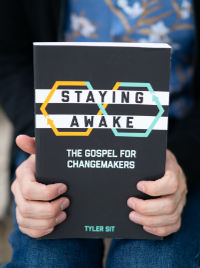
To illustrate this system, Sit pointed to the cover of his recently published book, “Staying Awake: The Gospel for Changemakers.” It features a pair of interlocking hexagons that create the shape of the mathematical symbol for the concept of infinity.
“Inward transformation … flows into outward transformation and then flows back to inward transformation,” Sit said.
The Rev. Dana Neuhauser, New City’s minister of public witness, said she saw that transformative dynamic played out on the streets of Minneapolis as congregants protested Floyd’s killing and assisted in buying and distributing goods to help meet nearby residents’ basic needs.
“That inward transformation is what equips us to go out into the world and protest and serve and have these bigger conversations,” Neuhauser said. “The response last summer was like an embodied demonstration of that inward and outward transformation that we’re going for.”
What do inward and outward transformation look like in your organization? How do they interrelate?
Those “bigger conversations” included sermon series that New City launched in the wake of the unrest.
One, titled “Did Jesus Police?” examined whether defunding police departments is necessary or even possible, and how faith interacts with such issues. That series ran parallel to city council meetings debating the Minneapolis Police Department’s future.
Another series, “Aftermath: Rebuilding Our Lives and Our City Together,” looked at rebuilders in the Bible, those who had to reckon with rubble and figure out what God was calling them to reconstruct.
New City’s willingness to think honestly about systems of injustice helps set it apart, Neuhauser said.
“This was going upriver to think critically about the system,” she said. “Not as many places are ready for [this] kind of bold, prophetic conversation.”
Does your organization "go upriver" to understand the systems around you?
New City also collaborates with other United Methodist congregations and pastors, as well as other denominations and community organizations.
One such collaborator is the Rev. Daniel C. Johnson, who oversees the 70 United Methodist churches in Minneapolis, St. Paul and metro-area suburbs as the Twin Cities district superintendent of the UMC’s Minnesota Annual Conference. Johnson was Sit’s former pastor and says he has been a “cheerleader” of his for more than a decade.
Congregations in the Minnesota Conference contribute to new church development funds, which made planting New City Church possible.
“[Sit has] been very helpful in helping to keep the temperature raised so that the issue of racism stays on the front burner for our Twin Cities District, and more broadly in our Minnesota Conference,” Johnson said.
As a “change agent or catalyst for discussions of racism,” Sit has helped persuade the conference to look at different models of allocating grants and resources, giving people most affected in a crisis a say in those decisions, Johnson said.
Importantly, Sit has a “love-hate relationship with the institutional church,” Johnson said. “There’s the side of the institutional church that reared him and shaped and helped establish him in his call for ministry, and he respects all that and the resources that come from that. But he also has a yearning and desire to reshape church in new ways for our future. Those are the kinds of leaders that we need right now.”

A new test for New City
With Minneapolis on edge during the testimony in Chauvin’s trial this spring, now-former officer Kimberly A. Potter mistook her handgun for her Taser during a traffic stop and fatally shot Daunte Wright, a 20-year-old Black man, in the Twin Cities suburb of Brooklyn Center. The city, and New City Church, lurched into mourning again.
New City members, once again protesting and aiding in emergency assistance efforts, did so with fresh expertise gained from their experience during the Floyd uprising, Sit said. For example, they quickly turned to the church’s social networking app to tell others where they were going and when to check whether they had returned home safely.
“When Daunte Wright was murdered, we had folks posting right away,” Sit said. “Even with the [Chauvin] verdict turning out how it did, none of us is foolish enough to believe that anti-racism activism is done now. We’re going to have to keep showing up.”
What does it mean to keep showing up in your context? What issues will require repeated action and effort?
One of the ways Sit sees New City showing up for others is through their Solidarity Fund. The fund has distributed more than $25,000 to organizations and individuals, Sit said. The funding comes from individual donors or local groups, including a church women’s circle, not foundations or grants.
After Wright’s death, the fund made a donation to the Rev. Dr. Shawn Moore, the associate pastor at Living Spirit United Methodist Church in the Minneapolis suburb of Bloomington, for his Center 4 Reconciliation project.
The donation -- from one multiethnic, multicultural church to another -- means a lot, said Moore, who said he and Sit are friends in addition to colleagues.
Sit has “a great deal of compassion for the neighborhood” that New City serves, Moore said. “He’s able to see the trees in the forest. Coming out of an ex-military, law enforcement background, I tend to see the forest and tend to make decisions based on large, macro considerations. But he has the ability to see individuals.”

Sit said the guilty verdict jurors returned against Chauvin, the first Minnesota conviction of a white officer for killing a Black civilian while on duty, and one of few such convictions nationally, came as a relief.
An acquittal would have been “really destructive for our community,” Sit said. “The despair of the community would have been something that we wouldn’t have recovered from for -- maybe forever. I really feel like we were on the brink of something.”
The guilty verdict, however, avoided that, leaving Sit ultimately hopeful about what may result from how New City and others in Minneapolis and around the world responded to Floyd’s murder. But still vigilant.
“I do believe that there are some roots being set down that won’t easily be washed away,” Sit said. “That is going to yield fruit for God’s hope for the world.”
Questions to consider
Questions to consider
- How has your community responded to tragedy? Has the response shown your community’s character?
- What does a “posture of expectation” look like in your context?
- Are non-Christians actively involved in your organization? What do they teach you?
- What do inward and outward transformation look like in your organization? How do they interrelate?
- The Rev. Dana Neuhauser said that New City Church is "going upriver to think critically about the system.” Does your organization "go upriver" to understand the systems around you?
- What does it mean to keep showing up in your context? What issues will require repeated action and effort?

